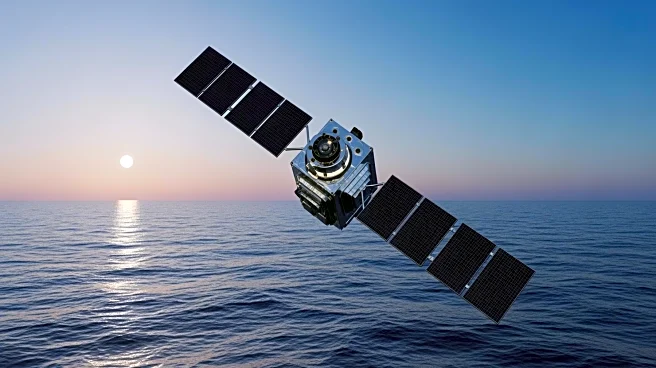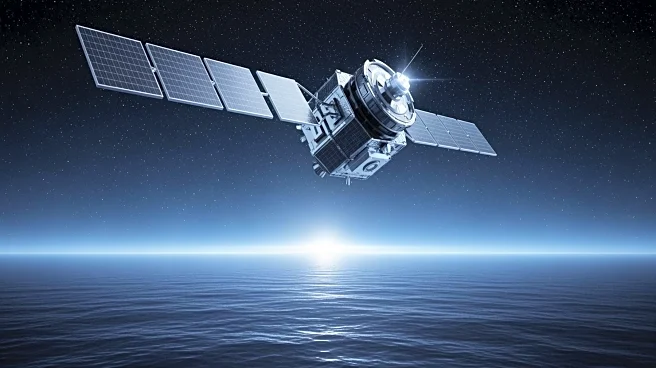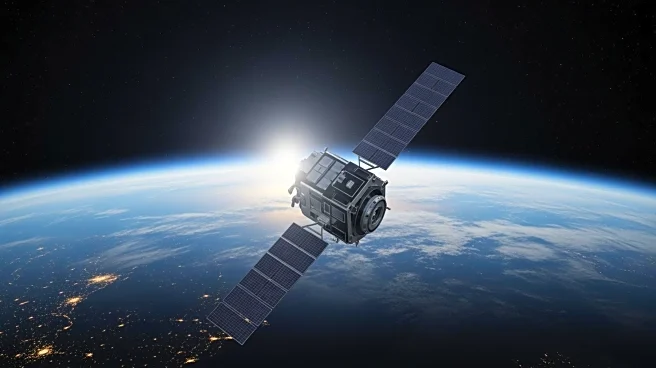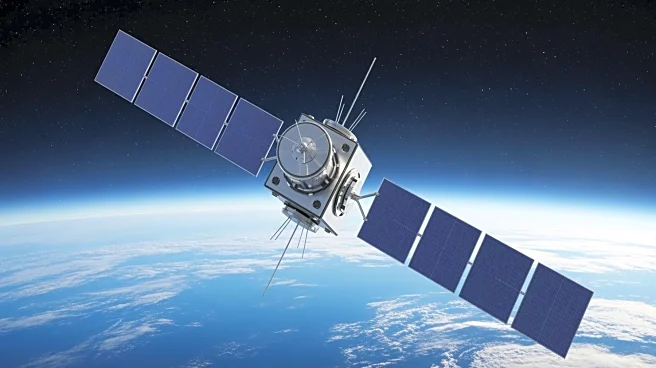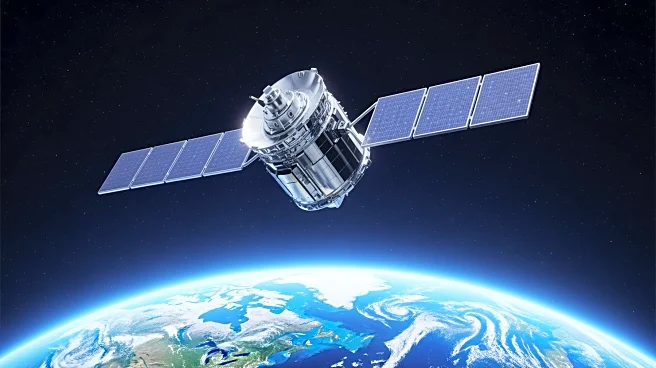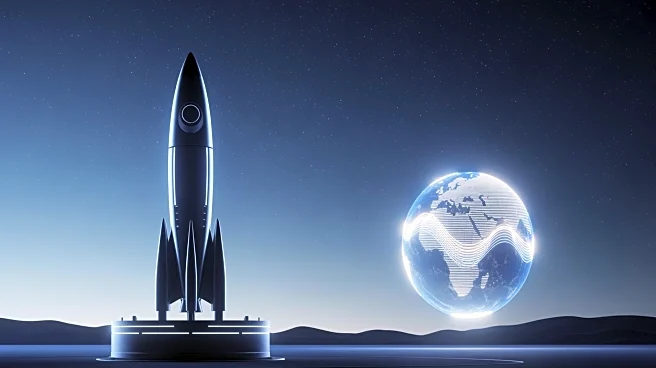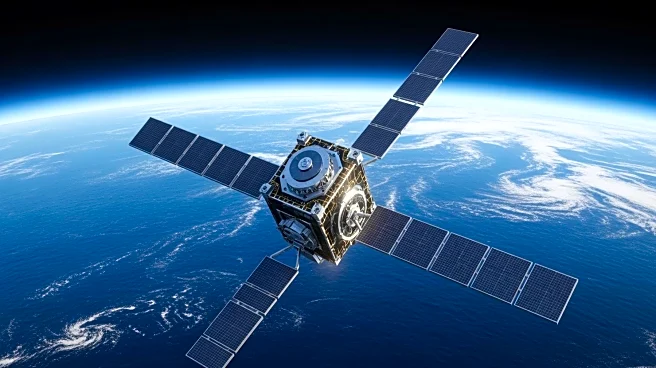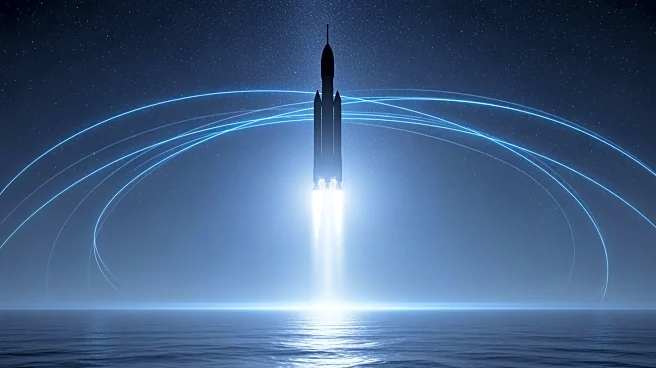What's Happening?
NASA and the European Space Agency (ESA) are preparing to launch the Sentinel-6B satellite, an ocean-tracking satellite designed to continue the work of its predecessor, Sentinel-6 Michael Freilich. The satellite is set to launch from Vandenberg Space Force
Base aboard a SpaceX Falcon 9 rocket. Sentinel-6B will orbit Earth every 112 minutes, collecting data on sea level measurements and atmospheric conditions. This data will be crucial for improving public safety, city planning, and protecting coastal infrastructure. The satellite's launch is part of a broader effort to maintain a multidecade dataset for sea level measurements from space.
Why It's Important?
The launch of Sentinel-6B is significant for several reasons. It will provide critical data that can help refine atmospheric models, which are essential for the safe re-entry of astronauts from missions like Artemis. Additionally, the satellite's measurements will aid in understanding climate change impacts, particularly rising sea levels, which threaten coastal communities and infrastructure. The data collected will also support efforts to map seafloor features, contributing to scientific research and resource management. This mission underscores the importance of international collaboration in addressing global environmental challenges.
What's Next?
Following the launch, Sentinel-6B will undergo a series of operations to prepare for its science mission. It will fly in tandem with its twin satellite, Sentinel-6 Michael Freilich, allowing scientists to cross-calibrate data before Sentinel-6B takes over primary sea level measurement duties. The successful deployment and operation of Sentinel-6B will ensure continuity in sea level monitoring, providing valuable insights for policymakers and researchers. NASA will provide live coverage of the launch and subsequent operations, offering the public access to real-time updates and scientific findings.
Beyond the Headlines
The Sentinel-6B mission highlights the growing importance of satellite technology in environmental monitoring and climate research. As sea levels continue to rise, the data collected by Sentinel-6B will be crucial for developing adaptive strategies to mitigate the impacts on vulnerable coastal regions. The mission also reflects the ongoing commitment of space agencies to leverage technology for the benefit of global society, fostering international cooperation in the pursuit of scientific knowledge.
